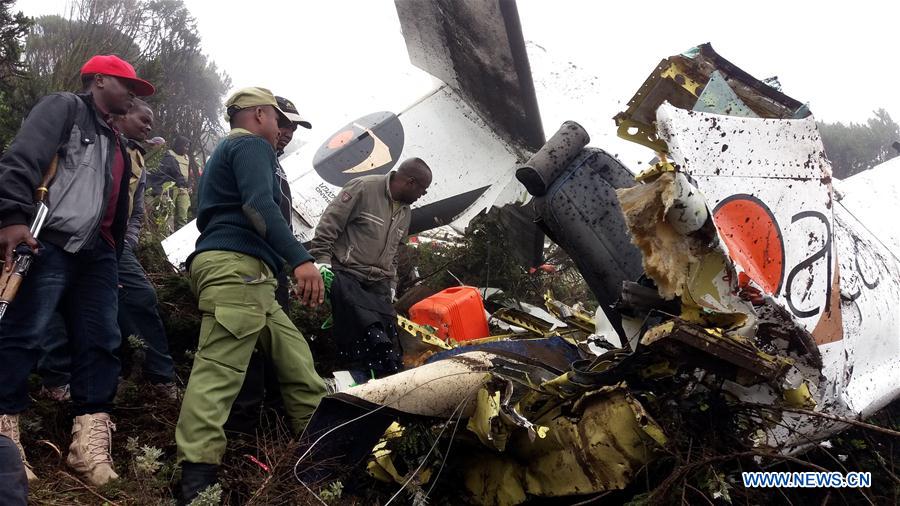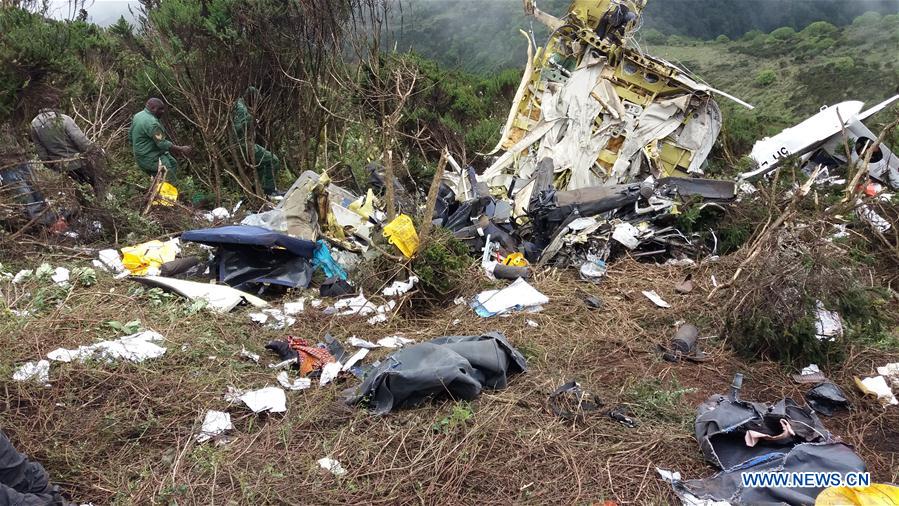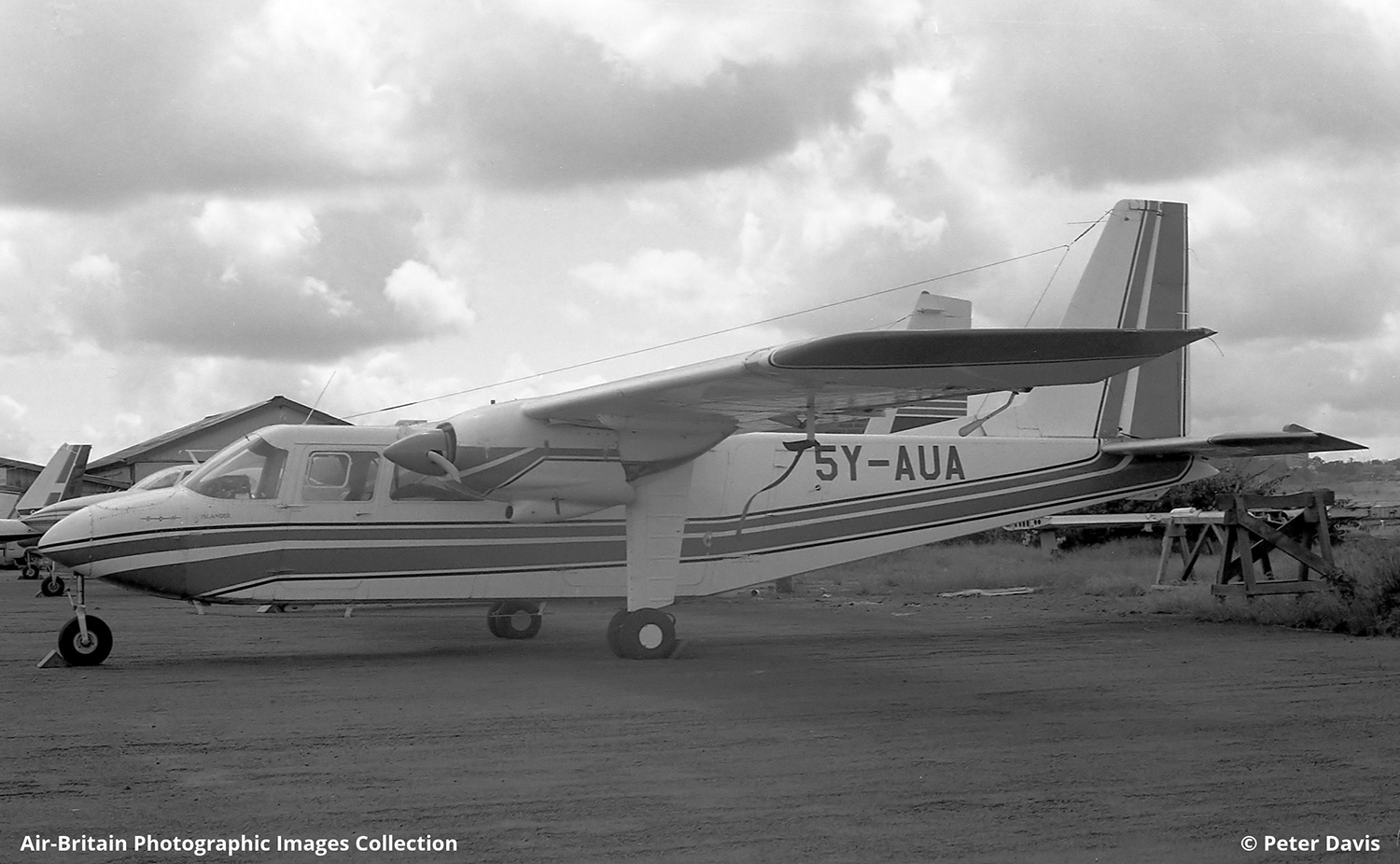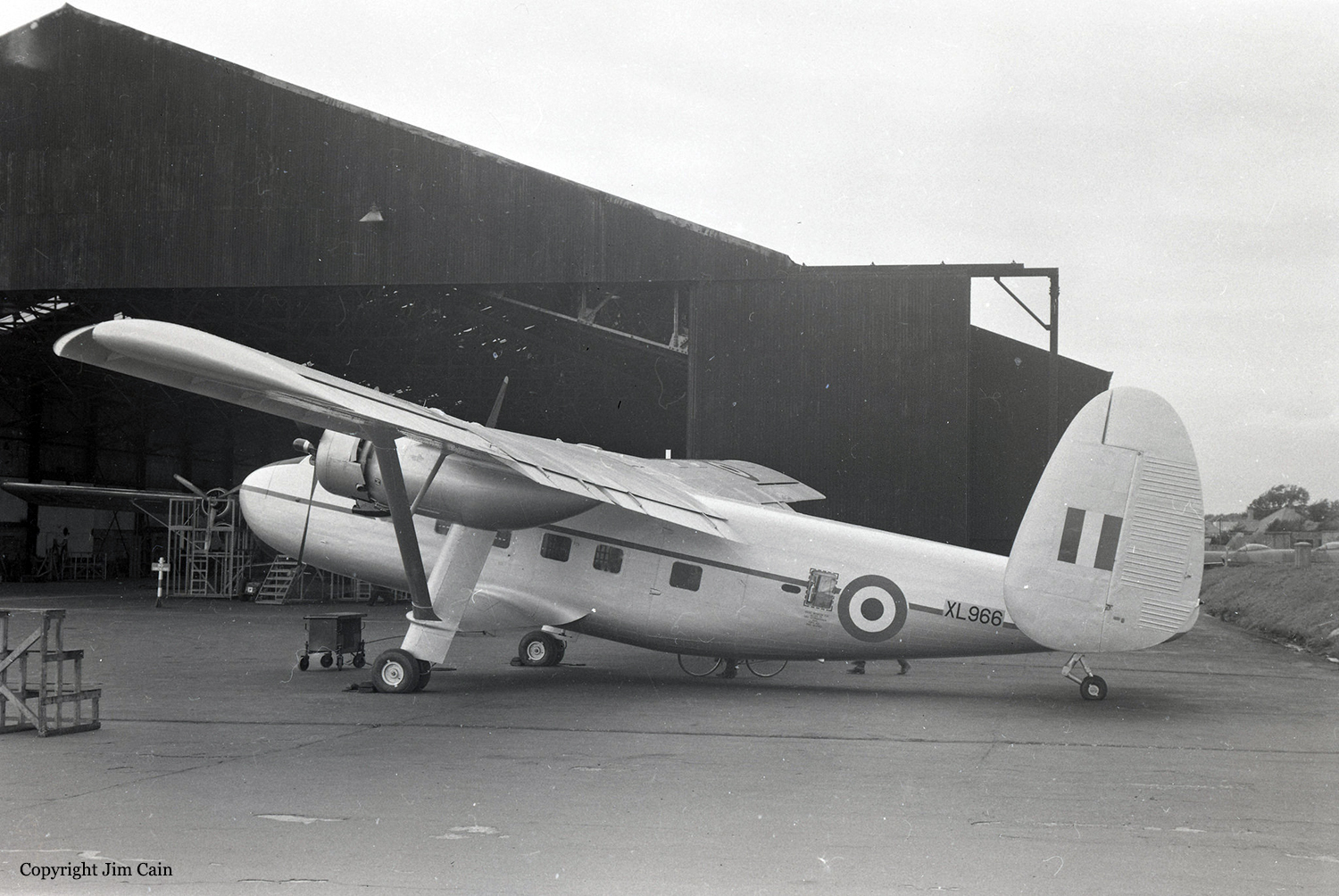Crash of a Cessna 208B Grand Caravan in Empakaai Camp: 11 killed
Date & Time:
Nov 15, 2017 at 1113 LT
Registration:
5H-EGG
Survivors:
No
MSN:
208B-0476
YOM:
1995
Crew on board:
1
Crew fatalities:
Pax on board:
10
Pax fatalities:
Other fatalities:
Total fatalities:
11
Circumstances:
The single engine airplane departed Arusha Airport on a charter flight to the Serengeti National Park, carrying 10 tourists and one pilot. While flying in marginal weather conditions, the aircraft impacted hilly terrain near Empakaai Camp and was destroyed upon impact. All 11 occupants were killed.
Probable cause:
Controlled flight into terrain.














